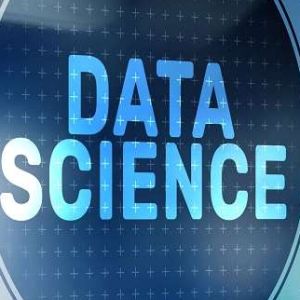Data Storytelling: Why Every Company Must Use This TechniquePosted by sairaj tamse on July 26th, 2022 Growing the brands of your business-savvy clients requires the use of tools and technology to gather, store, analyze, and report data. As a result, agencies rely more than ever on data storytelling to report on a mountain of data so that your clients can swiftly gain insights from their marketing initiatives. But what exactly is data storytelling? Data storytelling is simply the process of framing data interestingly and understandably. It is used to clarify difficult topics or to highlight trends or patterns. Statistics storytelling makes data more fascinating and approachable for clients who are less familiar with technical marketing figures by utilizing graphs, charts, and other graphics. Data storytelling: What Is It?Data storytelling takes raw data, analyses it, and conveys its relevance to clients, as covered in our Client Reporting eBook. Three crucial elements work together to achieve this:
Accurate and recent statistics are a requirement for the first storytelling component. Data is automatically gathered from numerous marketing platforms using an all-in-one reporting platform, which saves time and eliminates human mistakes in data collection. After the data has been gathered and cleansed, it is examined to derive important insights utilizing statistics, benchmarks, targets, and algorithms.
Data visualization is a graphical representation of data that conveys information through graphs, charts, and other visual components. Data visualization tools are essential to identify and communicate underlying trends, patterns, and outliers in a given collection. In the end, visualization aims to reveal trends that would have been overlooked with a typical reporting spreadsheet and communicate that information clearly. To know more about data visualization, check out the data science course and become an expert data storyteller.
Last but not least, by including a story with insights and visualization, analysts and marketers can emphasize the importance of particular metrics, KPIs, or developments that might have taken place over the reporting period. This is your agency's time to highlight what is occurring, offer your original theories as to why, and describe how you intend to make the data useful. Why Is Data Storytelling Important?Although there are many ways to share data insights, storytelling is a fundamentally human trait that enables you to combine the data-driven economy with oral and written communication. Let's cover a few reasons why data storytelling is so crucial before talking about how to do it.
First off, if your client operates in an incredibly competitive industry, they continuously run the risk of losing potential clients to their rivals. You want to find competitive data insights from your campaigns and operations to distinguish between your client and the general market. You can use internal data to create a narrative about the brand's personality and distinctive tactics that address the target market's problems.
While agencies employ various techniques to gather and analyze data, it can be challenging to keep up an interesting conversation with customers over time. Developing good client communication goes beyond simply pasting as much information as possible into a presentation; you also want to employ data storytelling to communicate findings and highlight the value of your services clearly.
Given that people's attention spans are infamously getting shorter, using data storytelling and visuals to convey outcomes can be very effective. This can be accomplished via graphs, charts, heatmaps, and other visual tools that appeal visually to end users. The truth is that clients need to be able to visualize the success story that led to the outcomes and interact with hard numbers. In summary, creating a visual structure with aspects of data, information, knowledge, and insights can be immensely useful in client reporting.
We are storytellers by nature, as was already stated. The importance of storytelling as a tool for influencing, instructing, and inspiring an audience has been noted by academics. After gathering, cleaning, and analyzing data in the context of data science, the next stage is to communicate context through an engaging story and graphics that aid the customer in understanding the meaning of the data. Overall, data science has been one of the fastest-growing professions and sectors in recent years as more and more businesses have started to grasp the potential of their data to improve decision-making. To become a data scientist, Learnbay’s data science course in Bangalore is the ultimate place for your career. Learnbay has placed thousands of students into leading companies and secured their dream job. Like it? Share it!More by this author |


